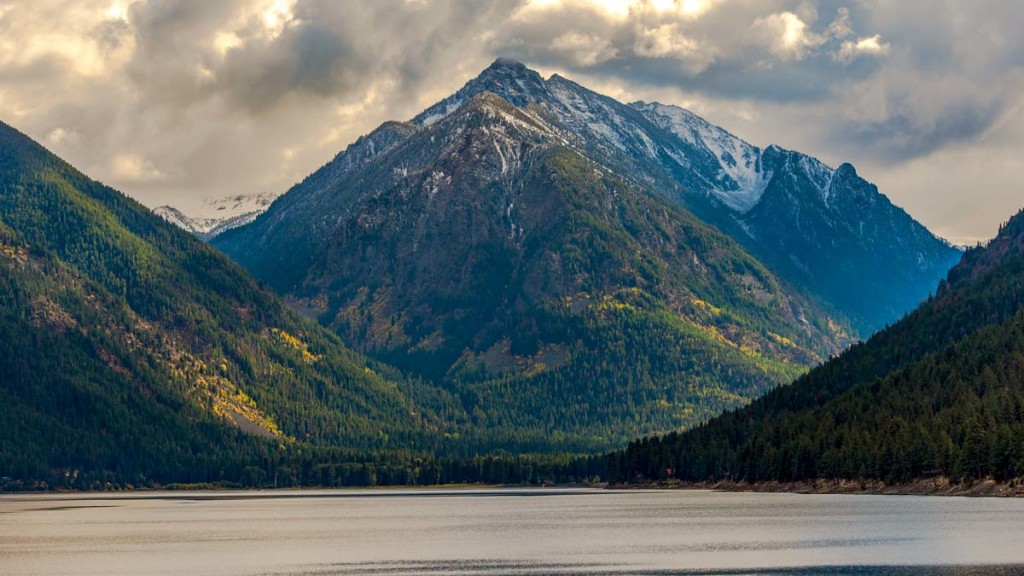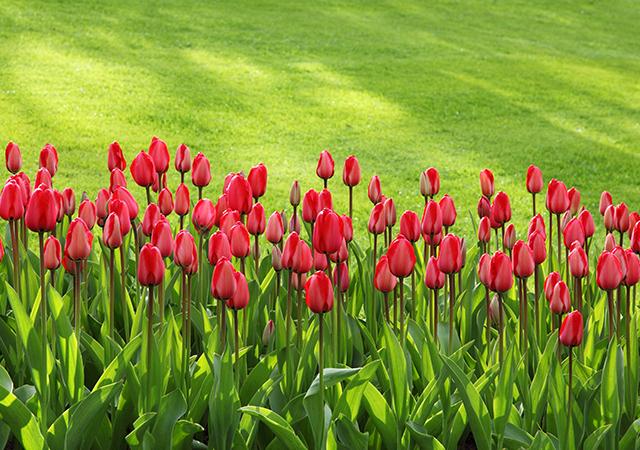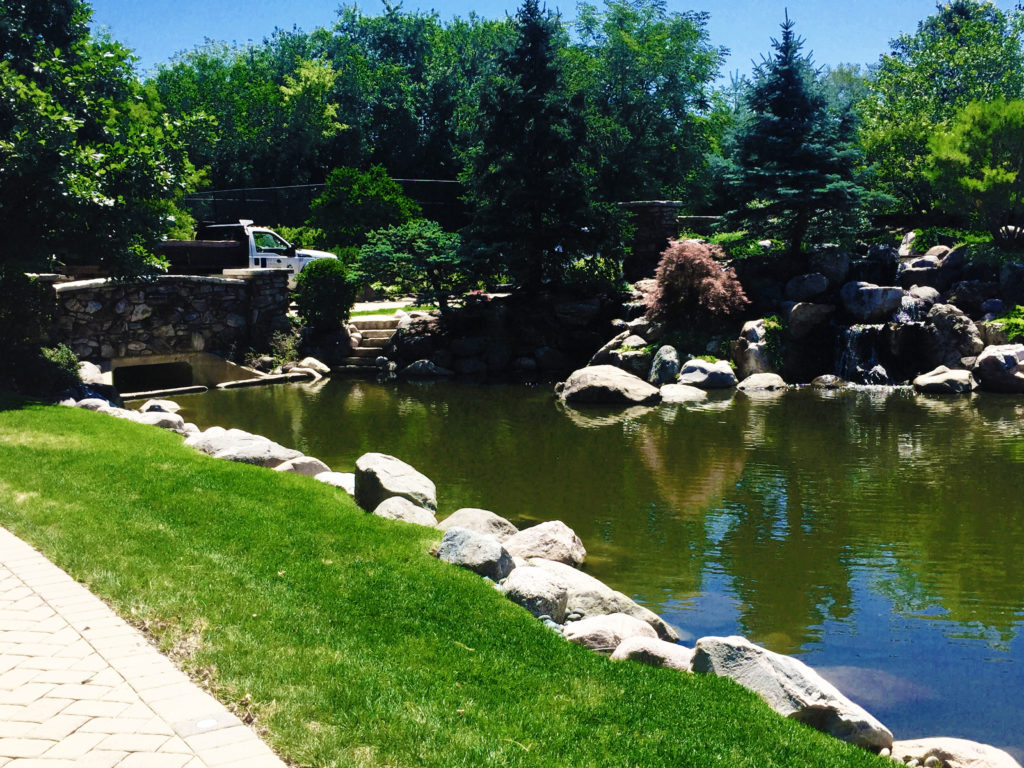Mulched Plants are Healthy Plants: What are the types of mulch?

Everyone always says you have to mulch your landscape beds, but what’s all the fuss? Do you really need mulch? What kind should you use? Why is it so important?
Mulch is a very important component to the landscape. It is one of the most important ways to maintain healthy plants. We’ll explain the different types of mulch, what’s best to use, the benefits it will give your plants and how to apply to get the biggest benefit.
There are two major categories of mulch: inorganic and organic. Inorganic mulches include gravel, rubber, landscape fabric or plastic. All of these types of mulch won’t wash away, will look neat and tidy, but they do not offer any nutrients to the soil. They can actually harm plants instead of helping them. They can heat up the soil too much, not allow water and air to get to plant roots and can be a hassle when trying to plant new things or move things around. There are a few good applications for inorganic mulches (play areas, dog runs, walking paths), but we recommend organic mulch for landscape beds.
Organic mulch can be grass clippings, straw, hay, leaves, wood or bark chips, dyed mulch, cypress mulch, shredded hardwood mulch and other various organic products.
 Grass can be collected when cutting to use in your landscape beds. This isn’t ideal for mulch, because if it is spread too thick it can start to mold and can create a bit of a weed problem if the grass had sprouted seeds before trimming.
Grass can be collected when cutting to use in your landscape beds. This isn’t ideal for mulch, because if it is spread too thick it can start to mold and can create a bit of a weed problem if the grass had sprouted seeds before trimming.
 Straw and hay can be used in landscape beds as well to add organic matter to the soil. However, it is very light and tends to not stay put where it is applied. This can cause a bit of a headache cleaning up after it.
Straw and hay can be used in landscape beds as well to add organic matter to the soil. However, it is very light and tends to not stay put where it is applied. This can cause a bit of a headache cleaning up after it.
 Leaves can also be mulched into your landscape beds. These offer great insulation around the base of tender plants – especially roses and tender perennials. Dried leaves are not the most aesthetically pleasing to be used as mulch, but can return nutrients to the soil.
Leaves can also be mulched into your landscape beds. These offer great insulation around the base of tender plants – especially roses and tender perennials. Dried leaves are not the most aesthetically pleasing to be used as mulch, but can return nutrients to the soil.
 Wood or bark chips (or single process mulch) are usually chucky pieces of trees or shrubs that have been ground once. They are irregular shapes and can be fairly large pieces of bark and sticks. Because this type of mulch is only ground once, it doesn’t have any fine particles to mix with the bigger pieces. The chunks are usually pretty light and on a windy day, it’s not uncommon to find some of it blowing out of the landscape beds. It also does not decompose into the soil to add beneficial nutrients.
Wood or bark chips (or single process mulch) are usually chucky pieces of trees or shrubs that have been ground once. They are irregular shapes and can be fairly large pieces of bark and sticks. Because this type of mulch is only ground once, it doesn’t have any fine particles to mix with the bigger pieces. The chunks are usually pretty light and on a windy day, it’s not uncommon to find some of it blowing out of the landscape beds. It also does not decompose into the soil to add beneficial nutrients.
 Dyed mulch can come in many colors. However, it does not have a very natural look and is usually very chunky pieces of wood. This can tend to blow around and cause a mess. It also does not break down to give your plants and soil the nutrients it needs.
Dyed mulch can come in many colors. However, it does not have a very natural look and is usually very chunky pieces of wood. This can tend to blow around and cause a mess. It also does not break down to give your plants and soil the nutrients it needs.
 Cypress mulch can be used in areas where there are evergreens planted or other plants that prefer acidic soil. This mulch is actually ground up evergreen trees, so it can offer some nutrients to evergreens that premium mulch doesn’t provide. It is usually irregular sized pieces. This is a nice mulch to use in a natural woodland area with rhododendrons and evergreen type plants.
Cypress mulch can be used in areas where there are evergreens planted or other plants that prefer acidic soil. This mulch is actually ground up evergreen trees, so it can offer some nutrients to evergreens that premium mulch doesn’t provide. It is usually irregular sized pieces. This is a nice mulch to use in a natural woodland area with rhododendrons and evergreen type plants.
For our clients, we recommend using premium shredded hardwood mulch. This type of mulch will offer the most benefits to your landscape and your plants. We’ll go into more detail next week about why this is usually the best mulch for your landscape and how to apply mulch in your plant beds.
What kind of mulch do you use and why? Comment here and feel free to share with your friends.





